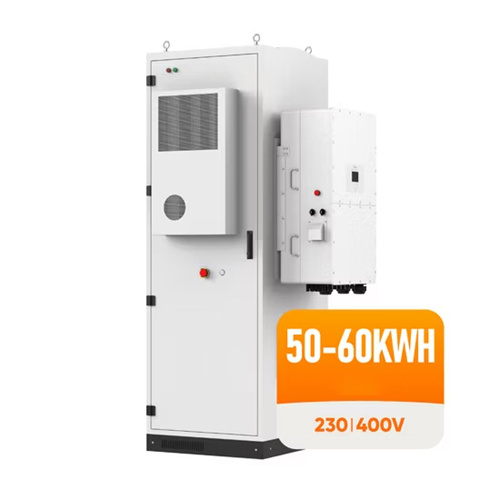Energy production Mongolia

Energy in Mongolia
Mongolia had a total primary energy supply (TPES) of 6.66 Mtoe in 2019. Electricity consumption was 7.71 TWh. Mongolia is a big producer of coal, which is mostly exported. Domestic consumption of coal accounts for about 70% of Mongolia''s primary energy and makes up most of the electricity generation, accounting for about 87% of the domestic electricity production in 2019.

ENERGY SECTOR CURRENT STATUS, RECENT
In this Special Report, Oyunchimeg, Tuya, Zorigt, Sukhbaatar and Bayarkhuu provide an update on the current status and recent trends and challenges in Mongolia''s energy sector, including changes to the Mongolian energy sector

Coal Production: YoY: Inner Mongolia | Economic Indicators | CEIC
Coal Production: YoY: Inner Mongolia data was reported at 6.700 % in Sep 2024. This records an increase from the previous number of 2.200 % for Aug 2024. Coal Production: YoY: Inner

TMK Energy Limited (ASX:TMK) – Responsible Development of
TMK''s focus Project, The Gurvantes XXXV Project is an exploration project for natural gas covering approximately 8,400 km2 of the South Gobi basin of Mongolia. Within the Project area

Mongolia: Petro Matad provides operational update: Heron-1 production
Petro Matad, the AIM quoted Mongolian oil company, has provided an update on production operations at the Heron-1 well and the well test results from Heron-2 in its Block

Forest, Forestry and Energy in Mongolia toward Cleaner Production
This review focuses on the current situation of energy resources and usage in Mongolia in order to reduce the air pollution problems that are caused by the heavy and inefficient utilization of

Mongolia: Energy Country Profile
Mongolia: Many of us want an overview of how much energy our country consumes, where it comes from, and if we''re making progress on decarbonizing our energy mix. This page provides the data for your chosen country across all

Forecasting Mongolia''s energy demands and the green energy
Reductions in energy demands coupled with increases in renewable energy production provides Mongolia with the option to phase out aging coal-fired power plants, and possibly avoid new

Study on the pathway of energy transition in Inner Mongolia
3 天之前· Table 1 demonstrates a consistent annual increase in Inner Mongolia''s energy production, with raw coal production representing over 90 % of the total energy output. Table 2

6 FAQs about [Energy production Mongolia]
How much energy does Mongolia use?
Mongolia had a total primary energy supply (TPES) of 6.66 Mtoe in 2019. Electricity consumption was 7.71 TWh. Mongolia is a big producer of coal, which is mostly exported.
What percentage of Mongolia's Electricity is produced by coal?
Domestic consumption of coal accounts for about 70% of Mongolia's primary energy and makes up most of the electricity generation, accounting for about 87% of the domestic electricity production in 2019.
What are Mongolia's Energy goals?
The government of Mongolia has set targets to increase the share of generation capacity from renewable energy sources to 20% by 2023 and 30% by 2030, and to build export-oriented power plants.
How does Mongolia generate electricity?
Coal is the first source of electricity generation in Mongolia, but the country has recently begun using hydro, solar and wind power, and has adopted a law aiming to increase and regulate the use of renewables.
Is biomass a source of electricity in Mongolia?
Traditional biomass – the burning of charcoal, crop waste, and other organic matter – is not included. This can be an important source in lower-income settings. Mongolia: How much of the country’s electricity comes from nuclear power? Nuclear power – alongside renewables – is a low-carbon source of electricity.
Is solar power available in Mongolia?
Mongolia has very sunny weather with average insolation above 1,500 W/m2 in most of the country, making solar power highly available. 247 MW of solar power plants have been approved for construction. Guaranteed power purchase agreements and favorable tariff structures promote further growth of the industry.
Related Contents
You may like
- DC-Coupled Energy Storage: The IP65-Rated Lifeline Hospitals Can't Ignore
- Demystifying NAICS Codes for Energy Storage Professionals
- Pylontech ESS Flow Battery Storage Powers Sustainable Mining in Germany's Remote Sites
- Hex-Cell Energy Storage: The Future of Modular Power Solutions
- The Hidden Challenges of Liquid Air Energy Storage: What You Need to Know
- Bosch Energy Storage Solutions: Powering Tomorrow's Grid Today
- Sungrow iSolarCloud High Voltage Storage: Powering Texas Microgrids with Intelligence